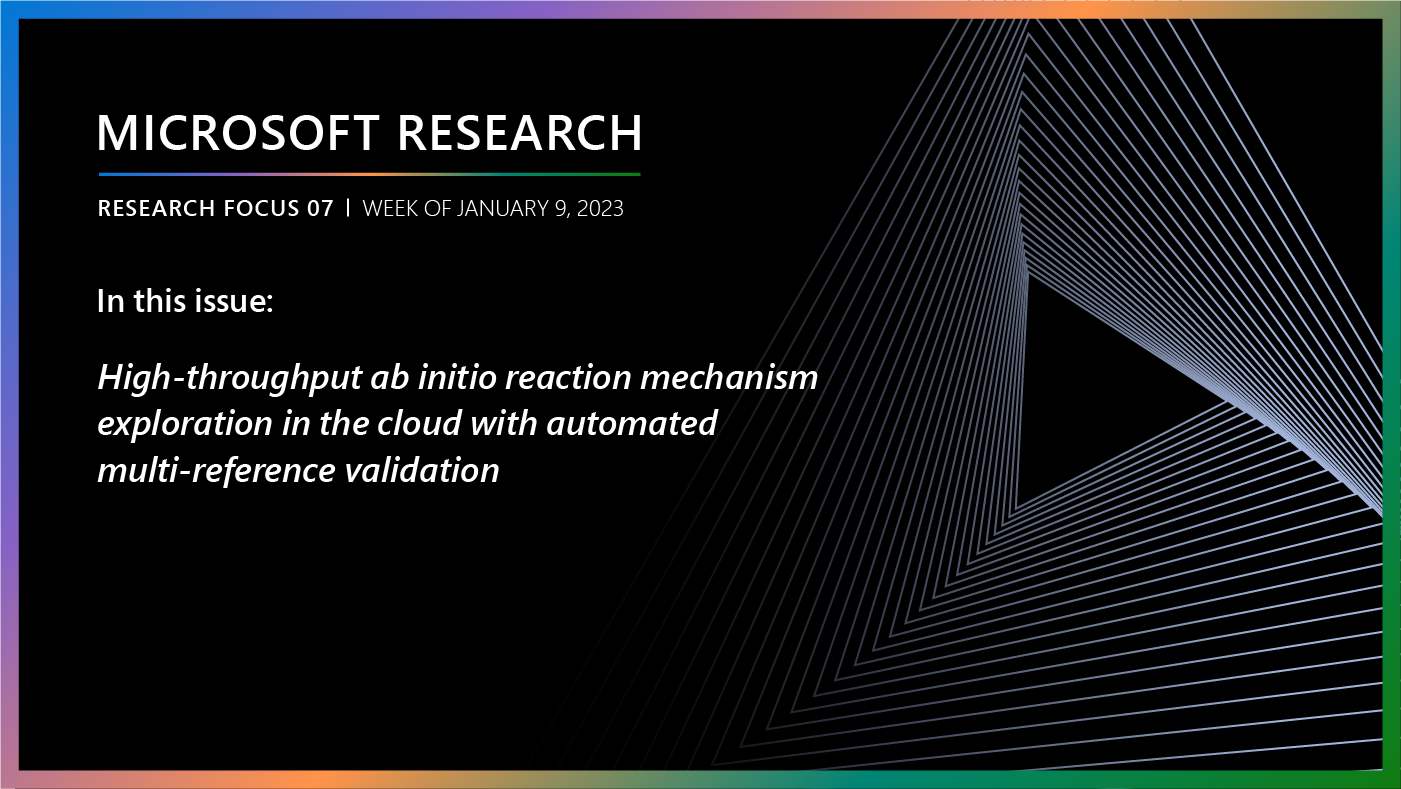
People with dyslexia perceive the world in different ways when it comes to the arrangement of letters and words on paper – or, these days, on web pages. Indeed, so much of modern life and accessibility to the information that enables us to participate in it depends on our ability to perceive and process online written content – such as search results and the web pages they represent – that people who don’t have dyslexia may take their relative ease in accessing this content for granted. However, the estimated 15-to-20 percent of the population that has dyslexia experiences a range of challenges related to reading and spelling, and because dyslexia affects such a large percentage of the population, the World Wide Web Consortium has been placing increased importance on understanding and improving the cognitive accessibility of online systems, including web search.
A team of researchers at Microsoft Research in Redmond, Washington and their interns from the University of Washington decided to look more closely at how people with dyslexia judge the relevance of their web search results to their search queries as well as how they perceive the readability of web documents themselves. The questions they looked at included which web page features correlate with readability, the extent to which these features are also associated with how relevant people with dyslexia found pages to be for a particular search task, and which, if any, design features contribute to perceived differences in readability and relevance between people with and without dyslexia. The findings will be presented this month at the ACM SIGIR Conference 2018 in Ann Arbor, Michigan in a paper titled, “Assessing the Readability of Web Search Results for Searchers with Dyslexia” by Adam Fourney and Meredith Ringel Morris of Microsoft Research and Abdullah Ali and Laura Vonessen of the University of Washington.
Microsoft research podcast
Collaborators: Silica in space with Richard Black and Dexter Greene
College freshman Dexter Greene and Microsoft research manager Richard Black discuss how technology that stores data in glass is supporting students as they expand earlier efforts to communicate what it means to be human to extraterrestrials.
“The ability to use a search engine to find information online is a key modern literacy skill and ensuring that web search is accessible to the approximately 15% of the population that has dyslexia motivated us to pursue this research.” – Meredith Ringel Morris.
The researchers’ findings, based on data that included relevance and readability judgements for 200 web pages as assessed by 174 adults with dyslexia and 172 adults without dyslexia, suggests there is potential for improving accessibility and comprehension of online written information for both groups. Prior studies had shown that dyslexia impacts all stages of information search online, including writing search queries, deciding which results to click, and locating relevant information within documents. Auto-completion and spelling correction have helped people with dyslexia with formulating their search queries, but many continue to struggle with judging the relevance of search results, or finding which web page out of a set of relevant search results will be the best match for their reading abilities.
Indeed, earlier research that the same team presented at the CHI 2018 conference, showed that searchers with dyslexia on average award lower relevance scores than searchers that do not have dyslexia; they also found an association between document readability and document relevance, with hard-to-read documents tending to receive lower relevance scores. In interviews, searchers with dyslexia shared that they often abandoned documents due to poor accessibility. What the researchers add with the study being presented at SIGIR is how the aesthetic (that is, formatting, design) and lexical characteristics of a web page can influence its subjective readability scores and relevance judgements. Earlier research from Microsoft Research that is similar in spirit demonstrated how web search can be made more accessible to children by re-ranking documents to better match the searcher’s reading ability. In the latest study, the researchers took into account a broader range of factors in their evaluation of the data, such as the presence of images and other visual elements such as lists.
“We were very encouraged to find that a common group of features were implicated in the website readability scores assigned by people with and without dyslexia – it’s just that the former scores were systematically lower. This suggests that a single predictive model can serve both populations,” said Adam Fourney.
Line length, image sizes, and the proportion of text appearing within sentences versus outside sentences were very important for both people with and without dyslexia and suggests that factoring in readability into search engine ranking of results and making improvements to readability in the design of web pages would lead to improvements in cognitive accessibility to the user population overall, not only to people with dyslexia. The researchers envision using these features to re-rank documents. These features could even be incorporated as visual cues that would be included with search results to allow users to directly select pages that better match their own reading preferences and abilities.
“The finding that many aesthetic properties of pages impact readability for users regardless of whether they have dyslexia or not is a fantastic example of how making technology more usable to people with disabilities often benefits all users,” notes Dr. Morris. The team is currently planning additional studies to further their understanding of the relationship between dyslexia and search engine accessibility.





